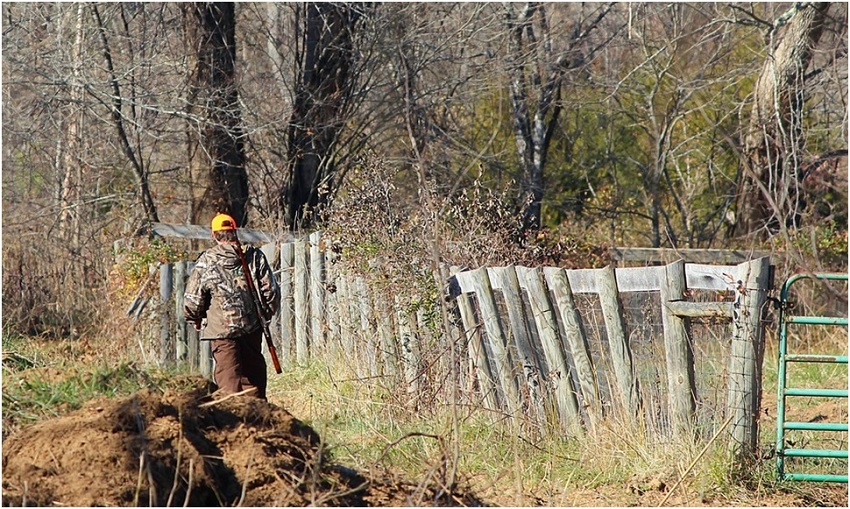5 Tips For New Deer Hunters

Do you like deer hunting? If yes, then what is stopping you? Do not get nervous if you are new to deer hunting. Let me tell you that the deer season opener is brief. So, please prepare yourself as a deer hunter and take advantage of the season.
As a beginner, you will need 6.5 creedmoor scope that will help you aim the target at a distance of 1000 yards. You can review the scope based on affordability, how easy it is to use, and optics quality.
Do you have questions regarding your first deer hunt? Do not worry! Here are the 5 tips for new deer hunters.
-
Have multiple plans
Try to spend time studying the hunt area and terrain. It will be good to know the food and water sources, places of heavy timber or dense brush, and areas where deer can sleep. Besides, you can also look for funnels or terrain features that tie food, bedding, and water together. It will be better if you also look out for multiple places to sit.
If you decide to hunt with a crossbow or rifle, then plan to hand on some tree stands with a shooting rail. Having more places to sit means that you will not have to spook deer before you see them. You can also have entrance and exit routes to the hunting site. It means you will have to walk an extra mile and use the terrain to move into and out of your site without alerting deer.
-
Use unscented soap or deodorant
Can you believe that deer can smell you from a farther distance than they can see you? Natural odors do not alarm deer, but human odor does. You cannot eliminate the scent, but you can limit it and reduce your chances of hunting a deer. Shower yourself with a bar of unscented soap and deodorant. Try to avoid aftershave or cologne.
You can also keep your hunting clothes in a plastic bag with some dirt or leaves from the hunting area. If the clothes are washed or dry-cleaned, you can hang them outside to dry. Do not wear your jacket or hunting boots or any other place where the deer might pick up the odor. Walk-in deer droppings or cow manure on your way to the hunting area.
-
Hunt a small area
Do you believe that the home range of most deer is a square mile or less? A deer hunter who knows one or two close spots will kill more deer than the hunter who roams throughout the forest. Please pick a 40–80-acre area and scan to learn where the deer feed, bed, drink water, and travel route they use.
You can either map or make a note of every trail, food source, escape route, or ridge. And yes! If you decide to hunt big woods, do not make a mistake to cover it all. Try to concentrate on a travel corridor or place that is used heavily.
-
Farm country tricks
Let me tell you that deer often prefer to hide in standing corn. But deer can also take shelter in grassy swales surrounded by plowed, mowed, or picked fields. Do not make the mistake of overlooking small woodlots close to town. Hunt these hideouts carefully as there are chances that you get your prey there.
A bedded deer will sit as tight as a rabbit if it comes to know that prey might pass by. Deer also hide along with fence crows. They can also crawl on their bellies to hide in a shallow ditch if they do not find a better cover.
-
Make use of senses
Your eyes, ears, and nose can help you hunt a deer. Do not simply lookout for a whole deer like the magazine cover shots. Instead, watch for a movement like a flick of a tail or ear, a black nose or white throat patch, or the horizontal line found at the deer’s back. You can smell a deer more quickly as you see it.
You can even sniff out a wounded or dead deer that took refuge in thick brush. While hunting a deer, try to approach it from the downwind. Your hearing skill can also help you sort many sounds in the woods. A shrieking jay implies that deer is coming on the way.
Conclusion
As a deer hunter, your hunt starts as soon you step out of the vehicle into the deer’s habitat. The above tips will help you succeed in your deer hunt. You only have to keep the senses tuned to the surroundings while keeping a close watch for the prey.